GHGSat
GHGSat (Greenhouse Gas Satellite) is a commercial Canada-based venture of GHGSat, Inc. and a subsidiary of Xiphos Systems Corporation. The company is operating three satellites in LEO orbit and plans to build a constellation of 10 satellites, providing actionable greenhouse gas emissions data and insights to businesses, governments, financial markets and regulators worldwide.
GHGSat’s mission is to become the global reference for remote sensing of Greenhouse Gas (GHG) and air quality gas (AQG) emissions from industrial sites, using satellite technology. The company will offer commercial satellite imagery and value-added emissions monitoring services based on its satellite data. The mission is financed by Sustainable Development Technology Canada, The Boeing Company and by a number of customers and vendors.
The company was established in 2011 and is headquartered in Montreal, Canada.
The GHGSat constellation currently consists of three satellites, GHGSat-D (Claire) launched in June 2016, GHGSat-C1 (Iris) launched in September 2020, and GHGSat-C2 (Hugo) launched in January 2021. Each satellite is equipped with a wide-angle Fabry-Perot (WAF-P) imaging spectrometer designed to measure the vertical column abundances of greenhouse gases. GHGSat-D is capable of measuring both methane and carbon dioxide, while GHGSat-C1 and GHGSat-C2 are optimized for methane. Contracts have been awarded for the next three satellites and payloads (GHGSat-C3 to -C5) towards a goal of having a constellation of 10 satellites in orbit by 2023.
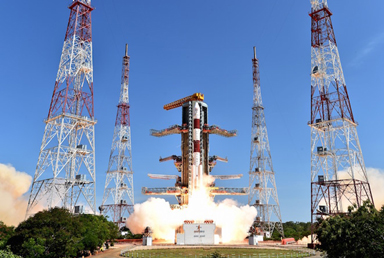
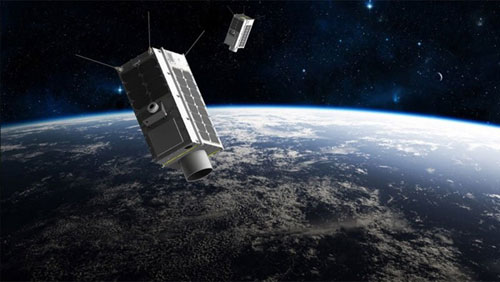
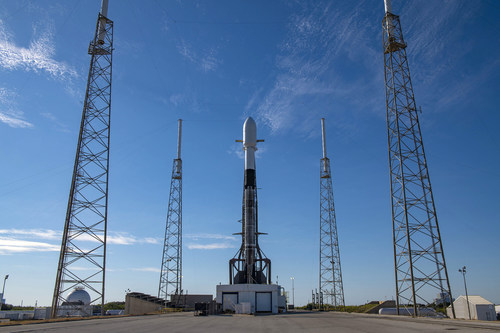
GHGSat’s vision is to become the global reference for the remote sensing of greenhouse gas (GHG) emissions from any source in the world. No other commercial or government satellite mission is specifically designed for detecting and quantifying GHG emissions from point sources as small as individual oil and gas wells.
Company History
The company was founded in December 2011 by Stephane Germain with the ambition to take an active role in the growing call for action on climate change. Germain realized that more accurate measurements of emissions would be required for these climate initiatives to be successful.
GHGSat’s idea started with the implementation of carbon cap-and-trade programs in various Canadian provinces and US states. Several provinces in Canada have carbon pricing systems in place. British Columbia has had a carbon tax in place since 2008, and Quebec and Ontario adopted a cap-and-trade system in 2013 and 2017 respectively.
The vision of GHGSat is to be the global standard for emissions across the world. The GHGSat Micro-satellites have a different observing strategy than other satellites on orbit with the capability of detecting carbon dioxide and methane. Whereas previous satellites have had spatial resolution on the order of kilometers, the spatial resolution of the GHGSat Micro-satellites is less than 50m.
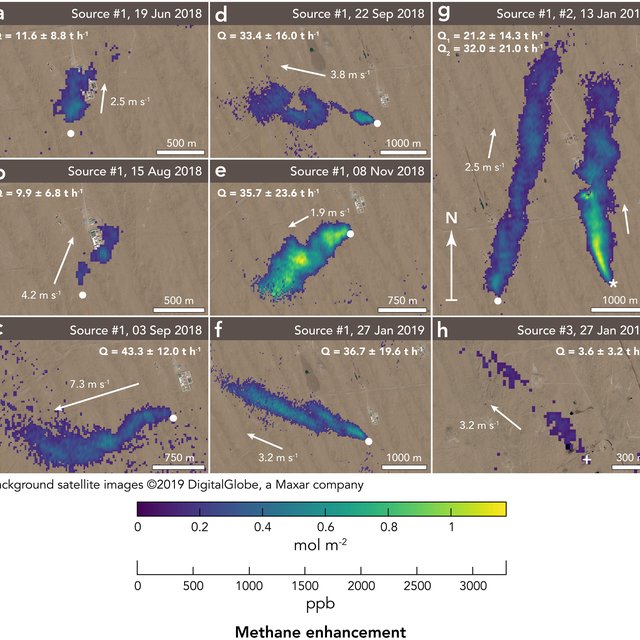
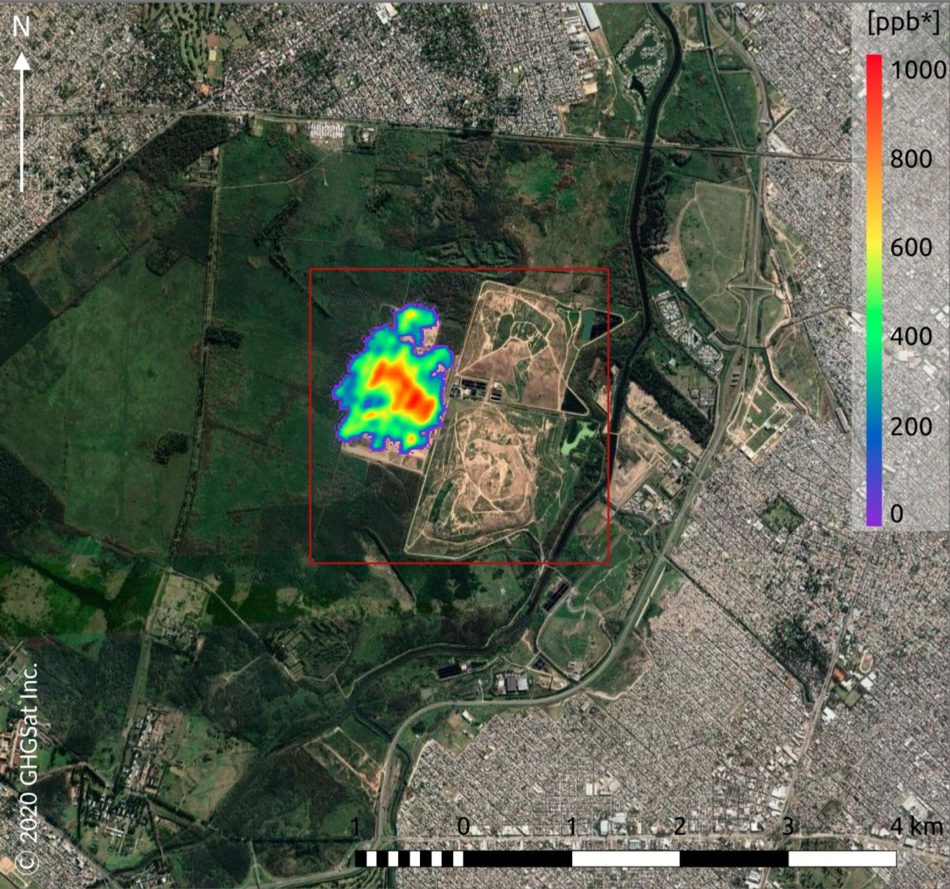
On June 21st, 2016 the companies first satellite, the Demonstration satellite GHGSat-D (Claire), was launched on the PSLV-C34 Mission with a PSLV launch vehicle operated by ISRO from India. GHGSat-D was the world’s first high-resolution satellite capable of measuring greenhouse gas (CO2 & CH4) emissions from any industrial facility in the world. The company is using this unique satellite and its patented technology to provide greenhouse gas emissions monitoring data and services globally, with better accuracy and at a fraction of the cost of comparable alternatives.
On September 24th, 2018 GHGSat raised 10 million USD in a Series A2 funding round to expand its commercialization efforts and fund an additional satellite.
In September 2020 GHGSat raised another 30 million USD in a Series B round from Business Development Bank of Canada, Fonds de solidarité FTQ, Investissement Québec, OGCI Climate Investments, Schlumberger and Space Angels.
On September 2nd, 2020 the launch operator Arianespace orbited the GHGSat-C1 (Iris) satellite using their Vega rocket from the Kourou Spaceport in French Guiana.
On October 21st, 2020 GHGSat unveiled a free map, Pulse, showing average weekly methane concentrations around the world at a resolution of approximately two km per pixel. The map showed changes in methane concentrations measured in parts per million or parts per billion for each pixel during the year, to raise awareness and stimulate climate change discussion.
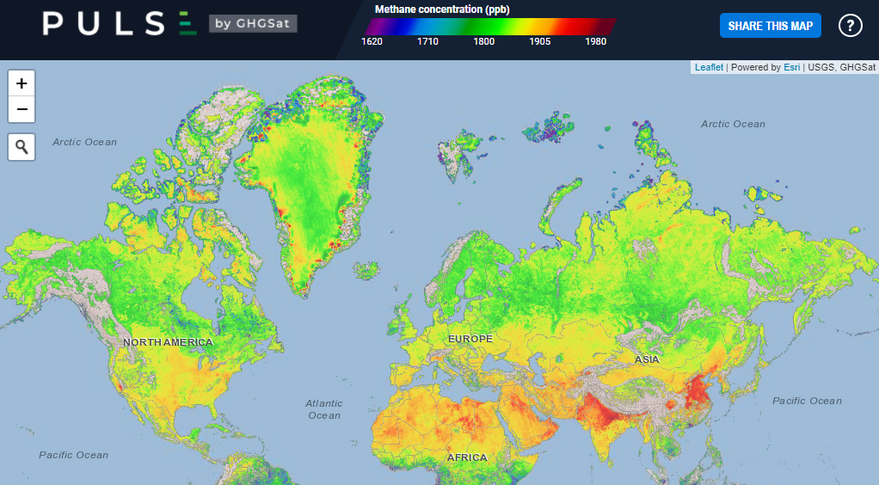
On January 24th, 2021 launch operator SpaceX launched the GHGSat-C2 (Hugo) satellite on the Rideshare Transporter-1 mission on a Falcon 9 rocket.
In December 2021 the company signed a contract with launch operator SpaceX for the launch of the next batch of satellites, GHGSat-C3, – C4 and -C5. The three satellites, each weighing 15kgs and similar to the GHGSat-C1 and -C2 satellites, are being built by the University of Toronto’s Space Flight Laboratory (SFL) with gas detection payloads provided by ABB.
| Satellite | Mission | Launch Date | Launcher | Launch Operator |
| GHGSat-D (Claire) | PSLV-C34 | June 21st, 2016 | PSLV | ISRO India |
| GHGSat-C1 (Iris) | VV16 | Sept 2nd, 2020 | Vega | Arianespace FG |
| GHGSat-C2 (Hugo) | Transporter-1 | Jan 24th, 2021 | Falcon 9 | SpaceX USA |
| GHGSat-C3 (Luca) | Transporter-5 | May 25th, 2022 | Falcon 9 | SpaceX USA |
| GHGSat-C4 (Penny) | Transporter-5 | May 25th, 2022 | Falcon 9 | SpaceX USA |
| GHGSat-C5 (Diako) | Transporter-5 | May 25th, 2022 | Falcon 9 | SpaceX USA |
| GHGSat-C6 (May-Lin) | Transporter-7 | Apr 15th, 2023 | Falcon 9 | SpaceX USA |
| GHGSat-C7 (Gaspard) | Transporter-7 | Apr 15th, 2023 | Falcon 9 | SpaceX USA |
| GHGSat-C8 (Océane) | Transporter-7 | Apr 15th, 2023 | Falcon 9 | SpaceX USA |
| GHGSat-C9 (Juba) | Transporter-9 | Nov 11th, 2023 | Falcon 9 | SpaceX USA |
| GHGSat-C10 (Vanguard) | Transporter-9 | Nov 11th, 2023 | Falcon 9 | SpaceX USA |
| GHGSat-C11 (Elliot) | Transporter-9 | Nov 11th, 2023 | Falcon 9 | SpaceX USA |
All trademarks, logos and images mentioned and showed on this page are property of their respective owners.
Resources
www.ghgsat.com
www.earth.esa.int
www.directory.eoportal.org
www.golden.com
www.spacenews.com edition October 9th, 2018
www.spacenews.com edition October 21st, 2020
www.wikipedia.org
www.spacenews.com edition December 8th, 2021
www.arianespace.com
www.space.skyrocket.de
www.azom.com
www.earthobservations.org
www.amt.copernicus.org